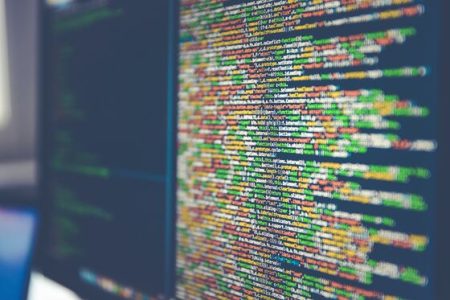Welcome to the world of PHP and its vital role in powering mobile back-ends! In the fast-paced realm of mobile app development, PHP stands out as a versatile and reliable scripting language that is widely used for creating robust back-end systems. But what makes PHP truly shine in this domain is its ability to seamlessly adapt to different environmental configurations. So, buckle up as we delve into the significance of environmental setup for mobile back-ends and guide you through setting up your own environment like a pro!
Understanding the Importance of Environmental Configuration for Mobile Back-Ends
Have you ever wondered why environmental configuration is crucial for mobile back-ends? Well, let’s dive into it. In the world of mobile app development, the environment in which your back-end operates can make or break your app’s performance. Environmental configuration involves setting up variables and settings that determine how your back-end functions in different environments.
By properly configuring your environment, you can ensure that your mobile app runs smoothly across various platforms and devices. This means taking into account factors like server configurations, database settings, API integrations, and more. Neglecting proper environmental configuration can lead to compatibility issues, security vulnerabilities, and overall poor user experience.
Environmental configuration sets the stage for seamless communication between your front-end application and back-end infrastructure. It allows developers to adapt their code to different environments without compromising functionality or performance. So next time you’re working on a mobile back-end project, remember: getting the environment right is key to success!
Setting Up the Environment: Step-by-Step Guide
Setting up the environment for your mobile back-end using PHP is crucial for smooth operations. Let’s dive into a step-by-step guide to help you get started.
Ensure you have PHP installed on your server. You can download the latest version from the official PHP website or use a package manager like Homebrew for Mac users.
Configure your web server to work with PHP. Popular options include Apache and Nginx. Modify the server configuration files to enable PHP support.
Create a separate directory for your project files and place them in the document root of your web server. This ensures that PHP scripts are executed correctly when accessed through the browser.
Install any necessary dependencies using Composer, a popular dependency management tool for PHP projects. This will help you easily manage libraries and packages required by your application.
Test your setup by creating a simple PHP script that connects to a database or performs some basic functionality. If everything works as expected, congratulations – you’re ready to start developing your mobile back-end!
Common Challenges Faced in Environmental Configuration
Environmental configuration for mobile back-ends can come with its fair share of challenges. One common issue developers face is ensuring consistency across different environments. What works in a development environment may not necessarily work the same way in a production environment. This discrepancy can lead to unexpected bugs and errors that need to be ironed out.
Another challenge is managing sensitive information such as API keys and database credentials securely. With the continuous threat of cyber attacks, safeguarding this data becomes paramount. Developers often have to find creative solutions to protect this critical information without hindering functionality.
Compatibility issues between various software versions and dependencies can cause headaches during environmental setup. Ensuring that all components work seamlessly together requires thorough testing and troubleshooting.
Scaling an environment to accommodate growing user traffic adds another layer of complexity. Predicting future needs and proactively adjusting configurations is crucial for maintaining optimal performance.
Navigating these challenges requires patience, attention to detail, and a proactive mindset from developers working on mobile back-end projects.
Conclusion
Mastering the environmental configuration for mobile back-ends in PHP is crucial for ensuring smooth and efficient operation of your applications. By following the step-by-step guide provided and being prepared to tackle common challenges, you can set up a robust environment that supports the functionality of your mobile apps.
Remember, attention to detail and thorough testing are key to success in this aspect of mobile app development. Stay proactive, stay informed, and keep optimizing your environmental setup for optimal performance.

